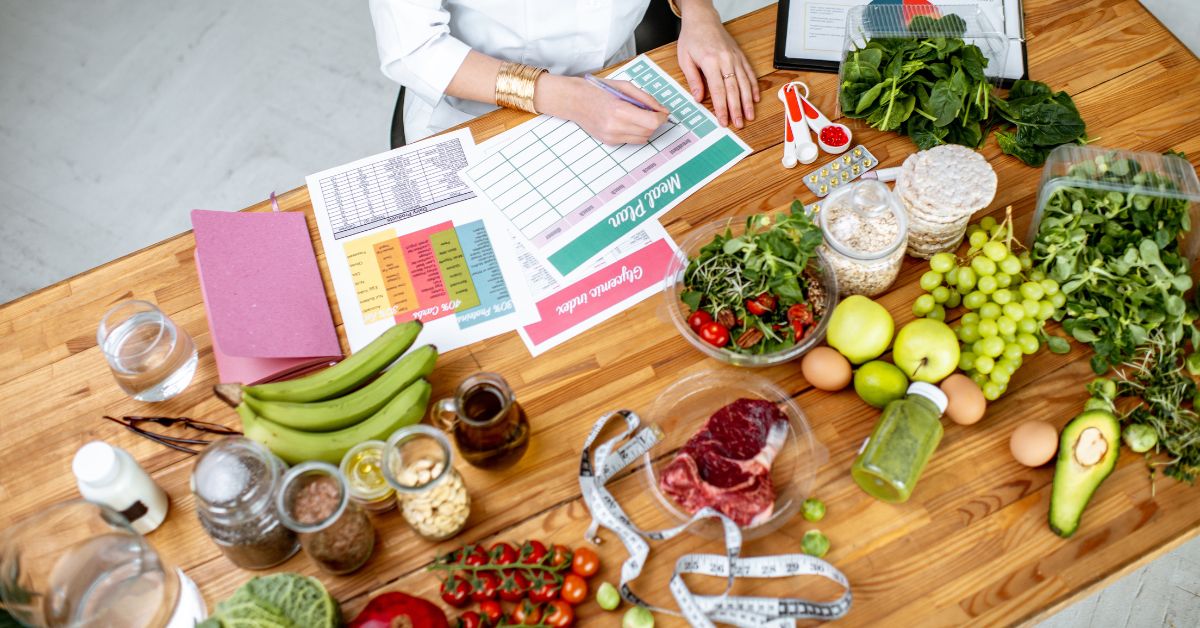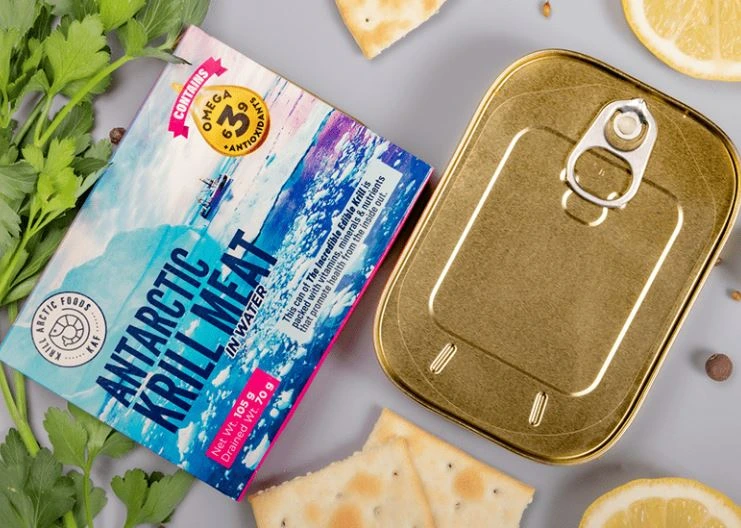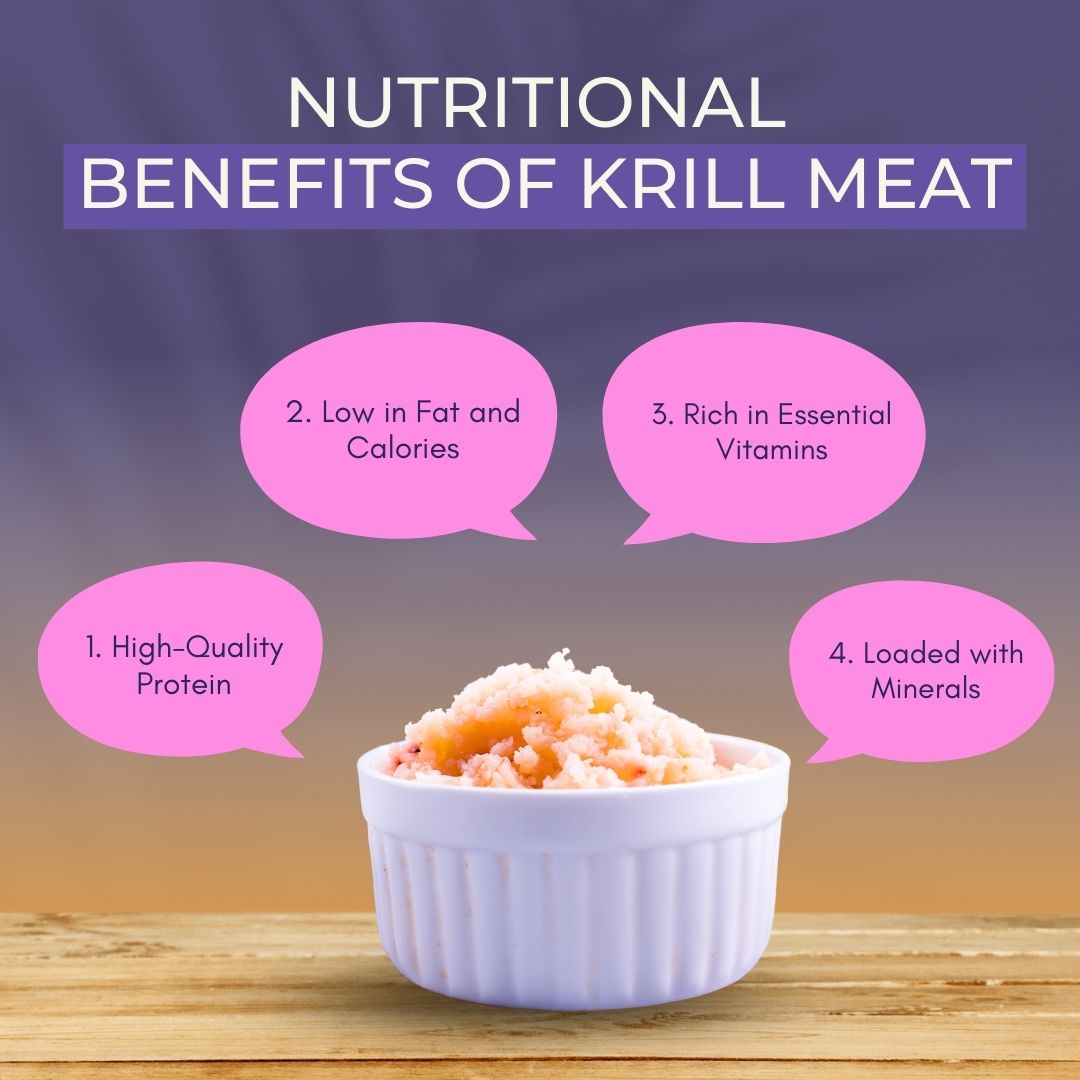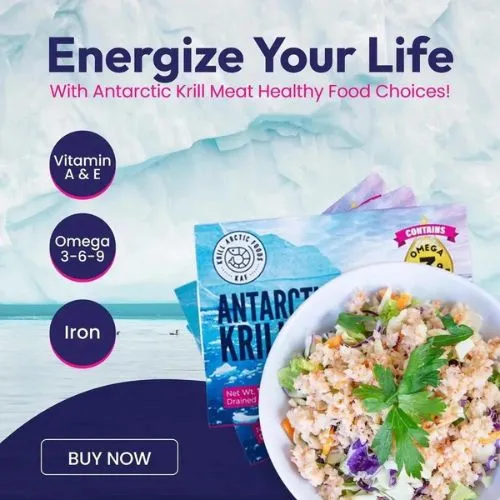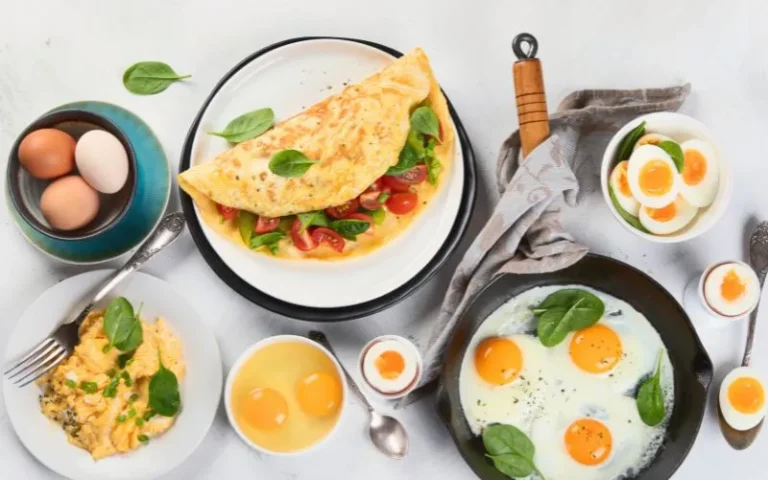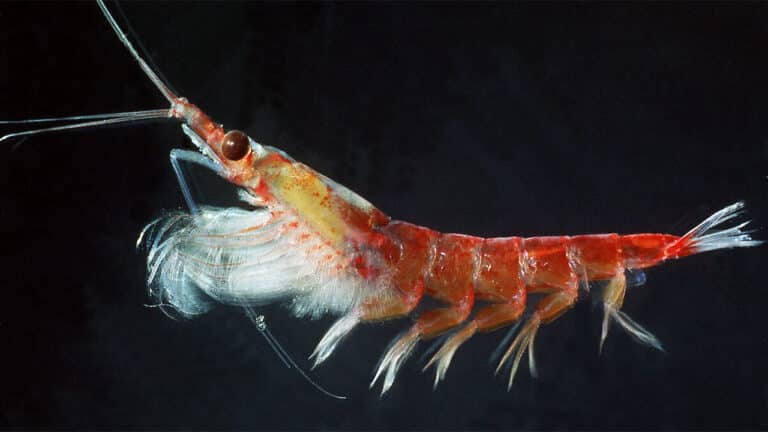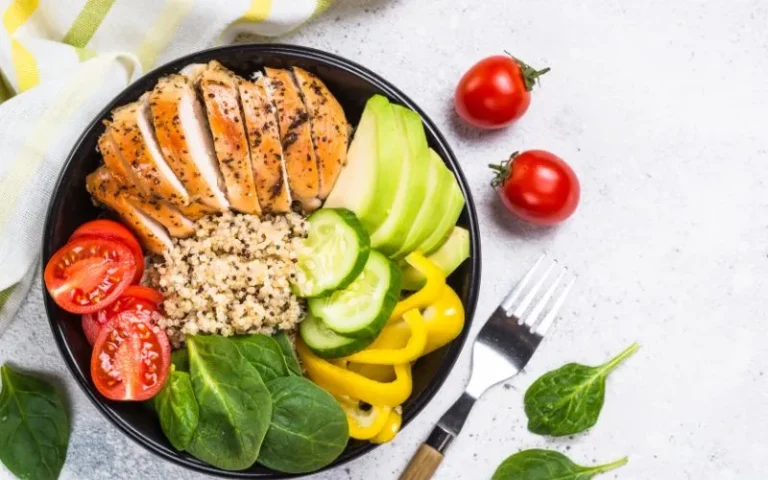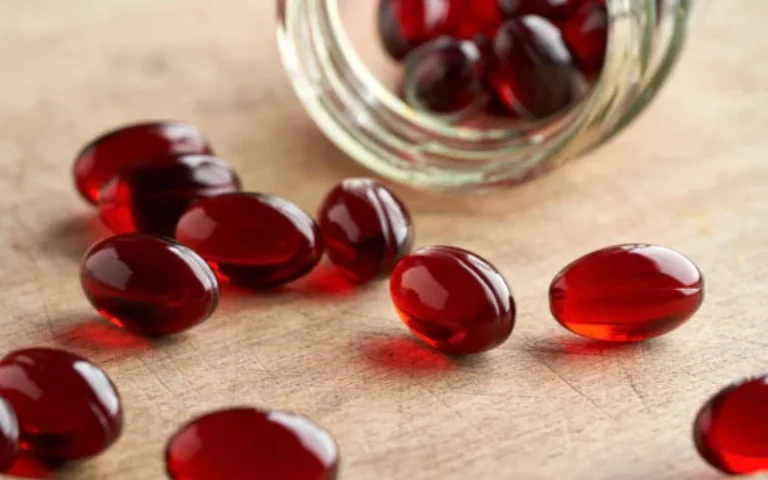If you’ve ever battled low energy or digestive issues despite eating “healthy,” you’re not alone. Many diets can be overly complicated and tough on the gut, leaving you feeling drained. That’s where the Vertical Diet shines. Created by powerlifter Stan Efferding, this diet focuses on easily digestible, nutrient-rich foods to support muscle growth, improve gut health, and boost overall performance.
Whether you’re looking to build strength or explore the Vertical Diet for weight loss, this guide covers everything you need to know—essential foods, meal ideas, a grocery list, and a 7-day plan to get you started.
Let’s simplify your path to better health!
What Is the Vertical Diet?
The Vertical Diet is a simple approach to nutrition that prioritizes foods your body can digest easily while packing a punch in nutrients. Unlike other diets that try to include everything but the kitchen sink, this one focuses on simplicity. Stan Efferding, the creator, says that by “going vertical,” you eat a lot of nutrient-dense, easily digestible foods like red meat and white rice to meet your body’s energy needs without putting too much stress on your digestive system.
The philosophy behind it is simple: the lower barriers your body faces in absorbing nutrients, the better your overall performance, recovery, and gut health. By focusing on high-quality proteins, carbs, and select veggies, the diet ensures you’re fueling up with foods that promote muscle growth, energy, and better digestion.
Curious to see how these Vertical Diet foods can fit into your lifestyle? Let’s dive deeper into how this approach can transform your nutrition game.
Why the Vertical Diet Works: Key Benefits
The Vertical Diet is designed to optimize your health and performance by focusing on easily digestible, nutrient-dense foods. Here’s why it stands out:
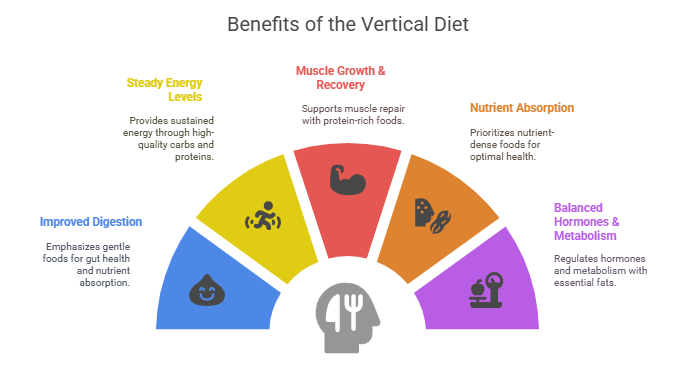
- Improved Digestion: By emphasizing foods that are gentle on your gut, like white rice and red meat, the Vertical Diet helps reduce bloating and digestive discomfort, making it easier for your body to absorb nutrients efficiently.
- Steady Energy Levels: Fueling your body with high-quality carbs and proteins leads to sustained energy without the usual crashes. Whether you’re an athlete or just someone looking to boost daily stamina, this diet can keep you going strong.
- Supports Muscle Growth & Recovery: Rich in protein and essential nutrients, the diet is perfect for those wanting to build muscle or recover faster after workouts. The focus on red meat, eggs, and easily digestible carbs helps optimize muscle repair.
- Nutrient Absorption: The diet prioritizes foods packed with vitamins and minerals, like spinach, carrots, and eggs. By simplifying food choices, your body can better absorb what it needs, leading to better overall health.
- Balanced Hormones & Metabolism: Including nutrient-rich foods like fatty cuts of meat, krill meat, and salmon provides the necessary fats for hormone production, helping regulate metabolism and mood.
Vertical Diet Food List: Approved Foods
The Vertical Diet focuses on nutrient-rich, easily digestible foods that optimize digestion, energy, and performance. Here’s your go-to list for what to include:
- Proteins: Stick with high-quality options like grass-fed beef, bison, lamb, and eggs. These proteins are packed with essential nutrients to support muscle growth and recovery.
- Carbohydrates: Prioritize easily digestible sources like white rice and potatoes. These carbs provide quick, steady energy without stressing your digestive system.
- Vegetables: Include low-FODMAP options like spinach, carrots, and zucchini. These Vertical Diet vegetables are easy on your gut and deliver vitamins and minerals without causing bloating.
- Healthy Fats: Add fats like olive oil, coconut oil, and grass-fed butter to your meals for a boost in flavor and to support hormone health.
- Dairy: Opt for Greek yogurt and cottage cheese for extra protein and probiotics, but keep portions moderate to avoid digestive issues.
- Fruits: Stick to low-sugar options like oranges and berries, which offer antioxidants without spiking blood sugar.
Vertical Diet Foods to Avoid
To make the most of the Vertical Diet, avoiding certain foods is crucial for optimal digestion, energy, and overall results. Here’s what to steer clear of:
- High-Fiber Vegetables: Avoid high-FODMAP veggies like broccoli, cauliflower, and Brussels sprouts, which can cause gas and bloating. These can stress your digestive system and reduce nutrient absorption.
- Legumes and Beans: Skip lentils, chickpeas, black beans, and kidney beans. Although nutritious, they are hard to digest and can lead to bloating, making it difficult to maintain gut health.
- Processed Foods: Eliminate packaged snacks, deli meats, and frozen convenience foods. These are often filled with additives, preservatives, and low-quality oils that can interfere with nutrient absorption and leave you feeling sluggish.
- Sugary Foods & Drinks: Cut out refined sugars, candies, pastries, sodas, and fruit juices, which can spike blood sugar and kick you out of ketosis. Even so-called “natural” sugars like honey and agave should be avoided.
- Grains & Gluten: Stay away from wheat, rye, oats, barley, and even brown rice, as they can be tough on digestion and may cause inflammation. Stick to easily digestible carbs like white rice instead.
- Dairy (in excess): While small amounts of Greek yogurt and cottage cheese are allowed, avoid excessive dairy like milk and cream, which can be difficult to digest and may contain hidden sugars.
- Alcohol: Avoid beer, sugary cocktails, and even wine, as alcohol can disrupt digestion, spike blood sugar, and slow fat metabolism, making it harder to achieve your health goals.
By avoiding these foods, you can optimize your digestion, maintain consistent energy, and fully benefit from the Vertical Diet’s principles.
At a glance
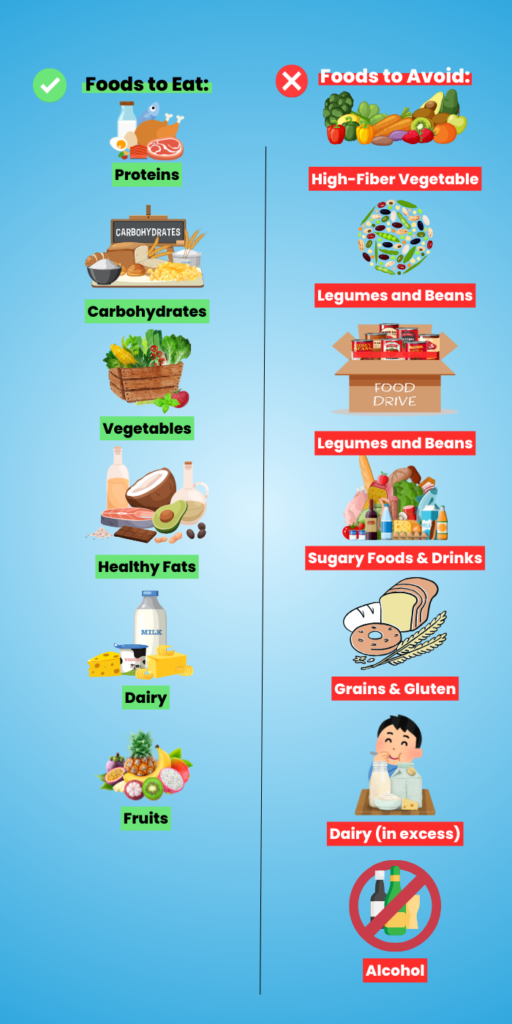
Vertical Diet Grocery List & Shopping Tips
To make the most of the Vertical Diet, stocking up on the right ingredients is essential. Here’s a comprehensive grocery list and practical shopping tips to keep you on track, whether you’re focused on quality or saving money.
Vertical Diet Grocery List:
- Proteins: Look for grass-fed beef, bison, lamb, chicken thighs, eggs, and wild-caught salmon. These are rich in nutrients that support muscle growth and recovery.
- Carbohydrates: Choose easily digestible options like white rice and potatoes for steady energy and gut health.
- Vegetables: Prioritize low-FODMAP veggies such as spinach, carrots, zucchini, and bell peppers. These provide nutrients without causing digestive discomfort.
- Healthy Fats: Stock up on olive oil, coconut oil, avocados, and grass-fed butter to enrich your meals with healthy fats.
- Dairy (in moderation): Greek yogurt and cottage cheese can be included for a protein boost if tolerated.
- Snacks: Keep whole food options like nuts, seeds, and fresh berries on hand for quick, nutrient-packed snacks.
Shopping Tips for the Vertical Diet:
- Focus on quality: Whenever possible, buy grass-fed meats and organic produce. If you’re on a budget, prioritize quality for proteins and opt for conventional produce that has thick peels (like avocados and bananas).
- Shop smart: Check local farmers’ markets or butcher shops for deals on fresh meats. Buying in bulk can help lower costs, especially for staples like rice and potatoes.
- Plan ahead: Create a grocery list before you shop to avoid impulse buys and stick to the foods that support your diet.
- Read labels carefully: Even products labeled “keto-friendly” can have hidden sugars and additives. Aim for whole, unprocessed foods to get the best results.
By following this Vertical Diet grocery list and using these smart shopping tips, you’ll be set up for success without breaking the bank. Ready to transform your health with the right ingredients? Start filling your cart with these essentials and see the difference for yourself!
Easy, Nutrient-Dense Meal Ideas for Vertical Diet
Fueling your body with nutrient-rich, easily digestible meals is at the heart of the Vertical Diet. Whether you’re starting your day strong or whipping up a quick dinner, here are simple yet satisfying meal ideas to keep you on track.
Vertical Diet Breakfast Ideas:
- Scrambled Eggs with Spinach & White Rice: A protein-packed breakfast that’s easy on the stomach.
- Greek Yogurt Parfait with Berries & Honey: A sweet, refreshing option that’s rich in probiotics.
- Omelet with Carrots & Krill Meat: Add a nutrient boost with krill meat for a unique twist.
Lunch & Dinner:
- Grilled Bison Burger with Sweet Potatoes: A hearty meal that combines protein and healthy carbs.
- Krill Meat Stir-Fry with Mixed Vegetables & White Rice: A quick, balanced dish loaded with nutrients.
- Grass-Fed Beef Steak with Baked Potato & Sautéed Spinach: Perfect for muscle recovery and energy.
Vertical Diet Snacks Ideas:
- Greek Yogurt with Honey: A simple, gut-friendly treat.
- Hard-Boiled Eggs with Sea Salt: A convenient, protein-rich snack for when you’re on the go.
Protein Powders for the Vertical Diet: Are They Necessary?
While the Vertical Diet focuses on whole, nutrient-dense foods, protein powders can be useful for muscle gain and recovery, especially if you have a busy lifestyle or higher protein needs. But are they essential? Let’s break it down.
Do You Need Protein Powders on the Vertical Diet?
Generally, the diet emphasizes getting protein from whole foods like beef, eggs, and krill meat, which are rich in nutrients. However, if you struggle to meet your protein targets, a quality protein powder can be a convenient way to fill the gaps.
Best Protein Powders for the Vertical Diet:
- Whey Isolate: A high-quality option that’s low in carbs and fats, making it perfect for muscle recovery.
- Grass-Fed Whey: Prioritizes the Vertical Diet’s principles of nutrient density, supporting muscle growth and overall health.
- Krill Meat Protein: An emerging option that offers Omega-3s along with protein, promoting heart and brain health.
How to Use Protein Powders Effectively:
- Timing: Use after workouts to speed up recovery or as a quick meal replacement when you’re on the go.
- Portion Control: Stick to a single serving to avoid overloading on protein, which could kick you out of the diet’s metabolic focus.
While whole foods should always be your first choice, adding the right Vertical Diet protein powder can help you stay on track with your fitness goals.
Vertical Diet for Weight Loss: Can It Help You Shed Pounds?
The Vertical Diet isn’t just for athletes looking to gain muscle; it can also be an effective tool for weight loss if approached correctly. By focusing on easily digestible, nutrient-dense foods like lean meats, white rice, and low-FODMAP vegetables, this diet supports your body’s metabolism without causing digestive stress.
How the Vertical Diet Supports Weight Loss:
- Simple, Clean Eating: The diet prioritizes whole foods that are easier to digest, helping your body burn fat more efficiently. Cutting out processed foods, sugars, and inflammatory ingredients makes it easier to reduce cravings and stay satisfied.
- Controlled Portions: While the Vertical Diet recipes emphasizes high-quality carbs and proteins, adjusting your portion sizes can help create a calorie deficit, which is key for weight loss. Focus on increasing low-calorie, nutrient-dense veggies to stay full without adding excess calories.
- Stable Energy Levels: Unlike restrictive diets that can leave you feeling tired, the Vertical Diet maintains steady blood sugar levels, keeping your energy up and reducing the urge to overeat.
Weight Loss Tips on the Vertical Diet:
- Focus on Leaner Proteins: Opt for cuts like chicken breast or lean beef if weight loss is your goal.
- Increase Veggie Intake: Fill your plate with low-carb vegetables to stay full while keeping calories low.
- Mind Portion Sizes: Keep an eye on portions, especially with carbs like rice. Adjust based on your activity level.
Curious if the Vertical Diet for weight loss is right for you? Give it a try, adjust as needed, and watch how it transforms not just your waistline but also your overall energy and well-being!
How to Get Started with the Vertical Diet: Step-by-Step Guide
Jumping into the Vertical Diet can seem like a big change, but breaking it down into simple steps makes it easy to follow. Here’s how to get started:
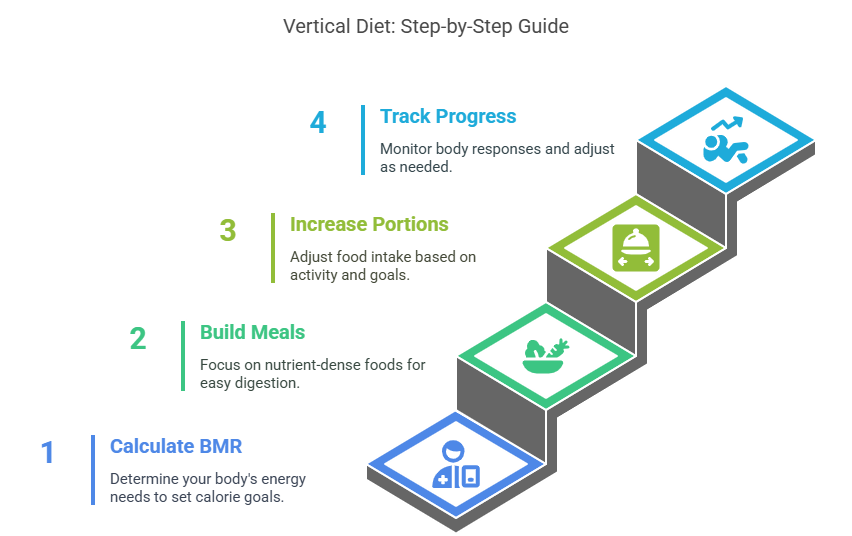
Step 1: Calculate Your Basal Metabolic Rate (BMR)
Understanding your BMR helps you set realistic calorie goals based on your body’s needs. This way, you can properly fuel your energy levels and support muscle growth.
Step 2: Build Your Meals Around Core Foods
Focus on nutrient-dense staples like red meat, white rice, and low-FODMAP veggies such as spinach and carrots. These foods are easy to digest, providing the nutrients your body needs without causing gut discomfort.
Step 3: Gradually Increase Portions
Start with moderate portions and adjust based on your activity level and muscle-building goals. As you get hungrier or train harder, gradually increase your intake of core foods like rice and meat to meet your energy demands.
Step 4: Track Your Progress and Adjust
Keep an eye on how your body responds. Are you feeling more energized? Sleeping better? Adjust your portions, food choices, or meal timing if needed to optimize results.
By following these steps, you can confidently begin your Vertical Diet plan and set yourself up for long-term success. Ready to transform your diet? Start with these basics and see the benefits unfold!
7-Day Vertical Diet Meal Plan (Including Krill Meat)
Starting the Vertical Diet can be straightforward and delicious with a well-structured plan. This 7-day meal guide is designed to get you on track, providing nutrient-dense foods that are easy on your digestion while incorporating krill meat for its Omega-3 benefits.
Here is the 7-Day Vertical Diet Plan formatted as a table:
What to Expect:
This Vertical Diet meal plan focuses on nutrient-packed proteins, digestible carbs, and healthy fats. By including krill meat, you’ll get an extra boost of essential fatty acids, which support heart and brain health. Here’s a simple breakdown to kickstart your journey:
Sample 7-Day Vertical Diet Plan:
| Day | Meal | Menu |
|---|---|---|
| Day 1 | Breakfast | Scrambled eggs with spinach and white rice. |
| Lunch | Grilled chicken thighs with a side of zucchini noodles. | |
| Dinner | Krill meat stir-fry with mixed veggies and white rice. | |
| Day 2 | Breakfast | Greek yogurt parfait with berries and a drizzle of honey. |
| Lunch | Bison burger served with sweet potato fries. | |
| Dinner | Grass-fed beef steak with roasted carrots and a side salad. | |
| Day 3 | Breakfast | Omelet with carrots and krill meat for added Omega-3s. |
| Lunch | Grilled salmon with sautéed spinach and a baked potato. | |
| Dinner | Chicken and broccoli stir-fry over a bed of white rice. | |
| Day 4 | Breakfast | Hard-boiled eggs with avocado slices. |
| Lunch | Lamb chops with cauliflower mash. | |
| Dinner | Krill meat salad with mixed greens, olive oil, and lemon dressing. | |
| Day 5 | Breakfast | Smoothie with Greek yogurt, berries, and a handful of spinach. |
| Lunch | Grilled shrimp with roasted Brussels sprouts. | |
| Dinner | Ground beef with sautéed kale and white rice. | |
| Day 6 | Breakfast | Scrambled eggs with krill meat and a side of sautéed mushrooms. |
| Lunch | Chicken breast with a side of roasted bell peppers. | |
| Dinner | Lamb stew with carrots and potatoes. | |
| Day 7 | Breakfast | Omelet with spinach, tomatoes, and a sprinkle of feta. |
| Lunch | Krill meat lettuce wraps with avocado. | |
| Dinner | Grilled beef with a side of roasted asparagus and sweet potato. |
How to Use This Plan:
Adjust portion sizes based on your activity level and goals. If you’re looking to lose weight, focus on filling up with veggies and lean proteins. For muscle gain, increase your servings of rice and meat.
By following this 7-day vertical diet plan, you’ll get a balanced mix of nutrients to fuel your body efficiently. Ready to experience the benefits? Start planning your grocery list and enjoy these easy, nutritious meals!
Conclusion
The Vertical Diet offers a simple, effective approach to nutrition that’s rooted in simplicity. By focusing on easily digestible, nutrient-rich foods, you can boost energy, support muscle growth, and improve your overall well-being. Whether you’re looking to build strength, shed pounds, or simply feel more energized throughout the day, this diet provides the tools you need to reach your goals.
From understanding the basics and building a solid grocery list to trying new recipes and meal plans, the Vertical Diet is all about optimizing your health while keeping it simple. Remember, it’s not about being perfect—it’s about making consistent, sustainable choices that help you feel your best.
Ready to take the next step? Start implementing these tips and meal ideas into your routine and see how quickly your body responds to better nutrition. Here’s to your journey toward a healthier, more vibrant you!
Frequently Asked Questions
Who is the Vertical Diet best suited for?
The Vertical Diet is ideal for athletes, bodybuilders, and anyone with high energy demands. It’s designed to optimize digestion, support muscle growth, and enhance performance. However, it can also be effective for those looking to improve their overall health and energy levels.
Can vegetarians adapt the Vertical Diet?
Adapting the Vertical Diet for vegetarians can be challenging since it emphasizes red meat and animal-based proteins. However, it’s possible by focusing on easily digestible plant-based proteins like eggs, tofu, and select vegetables while maintaining the diet’s principles of simplicity and nutrient density.
Is the Vertical Diet expensive?
It can be, as it focuses on high-quality foods like grass-fed meats, wild-caught fish, and organic produce. However, you can manage costs by buying in bulk, prioritizing essential ingredients, and choosing budget-friendly proteins like eggs and chicken thighs.
Can it help with weight loss?
Yes, the Vertical Diet can support weight loss by focusing on nutrient-dense, easily digestible foods that keep you full while reducing cravings. Adjusting portion sizes and increasing your intake of low-calorie veggies can help create a calorie deficit to promote fat loss.

